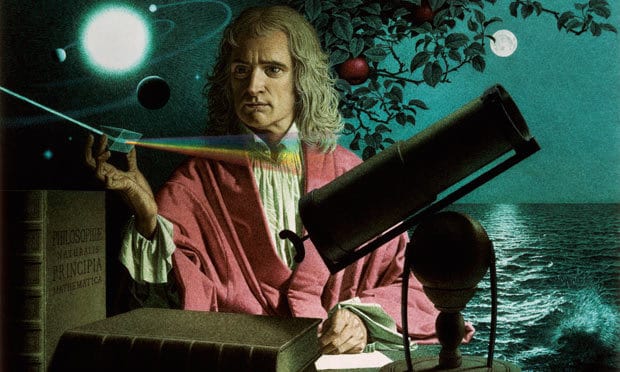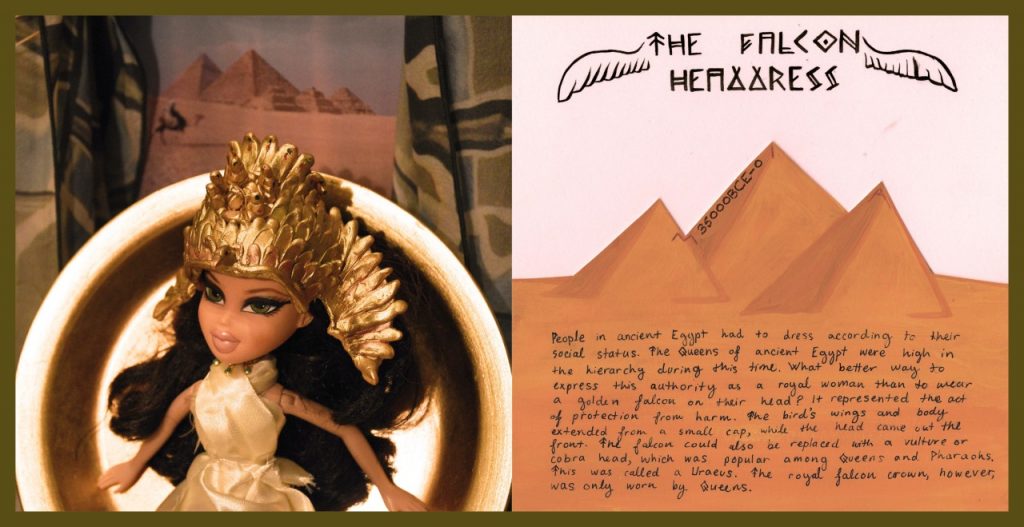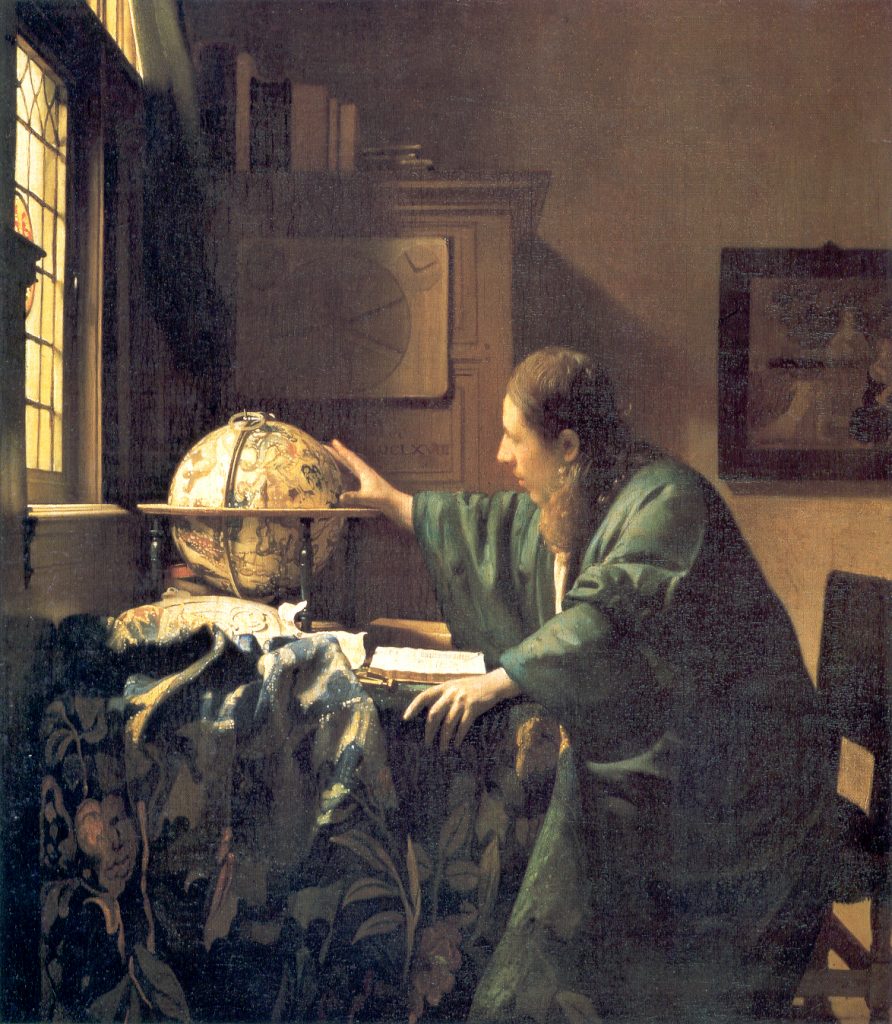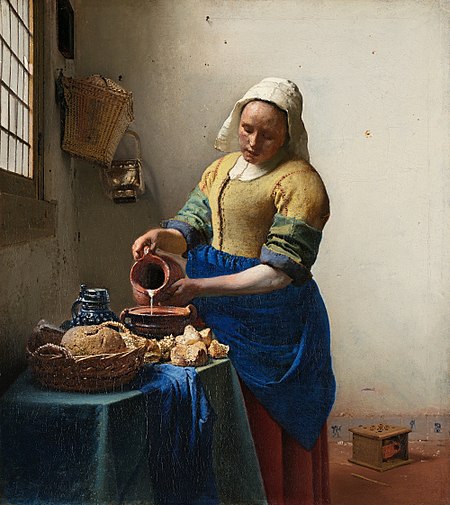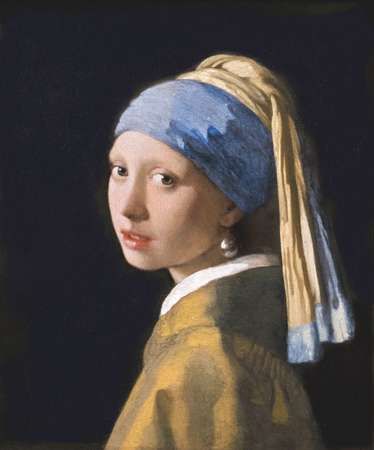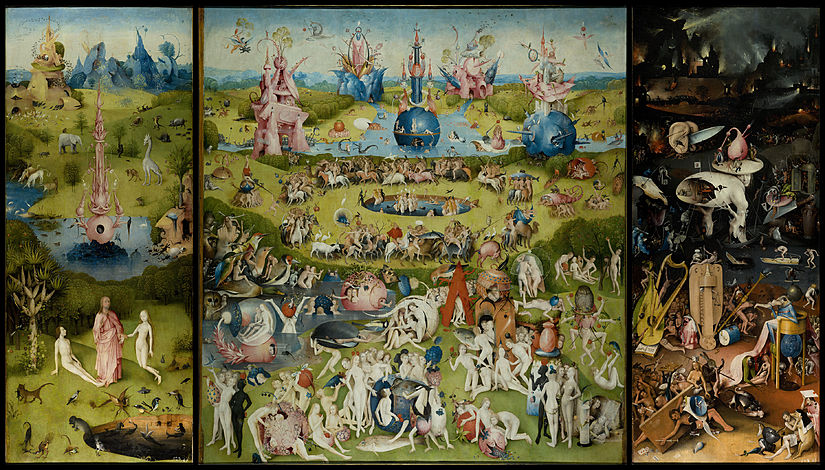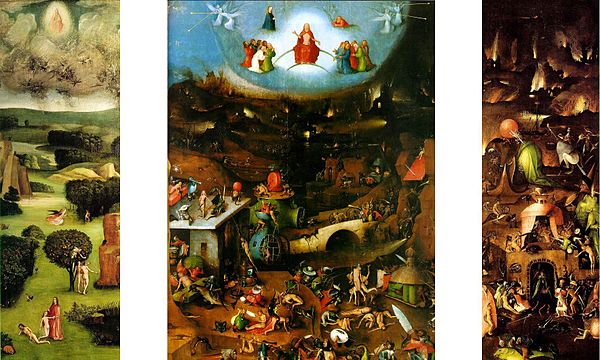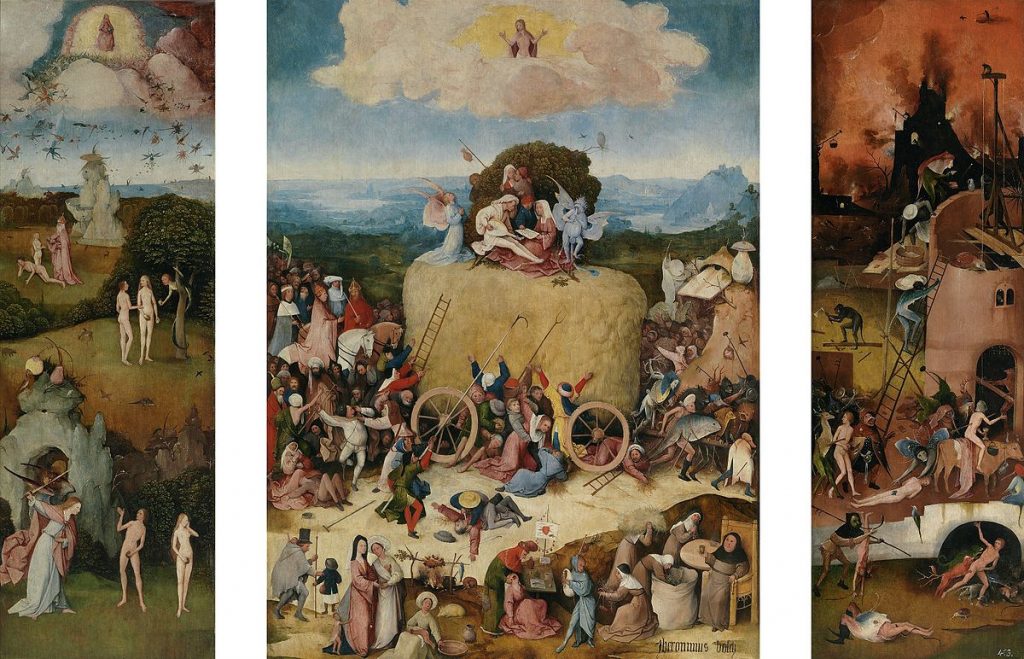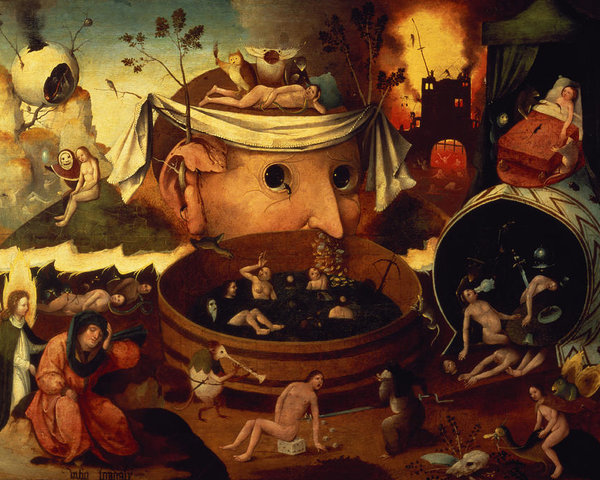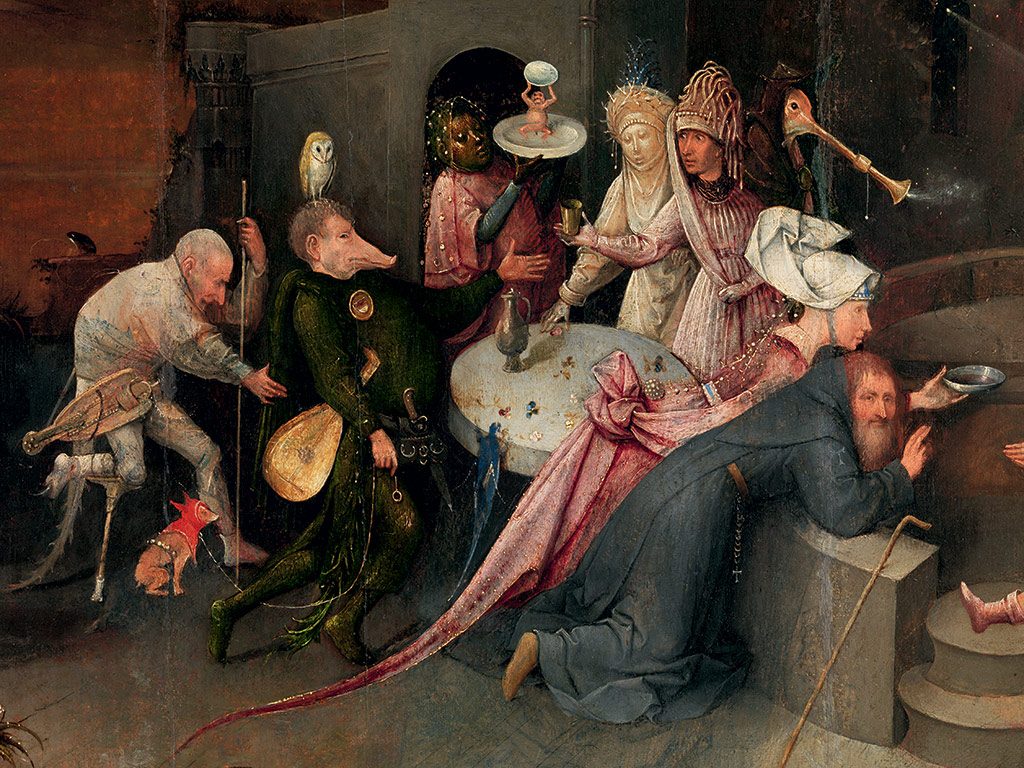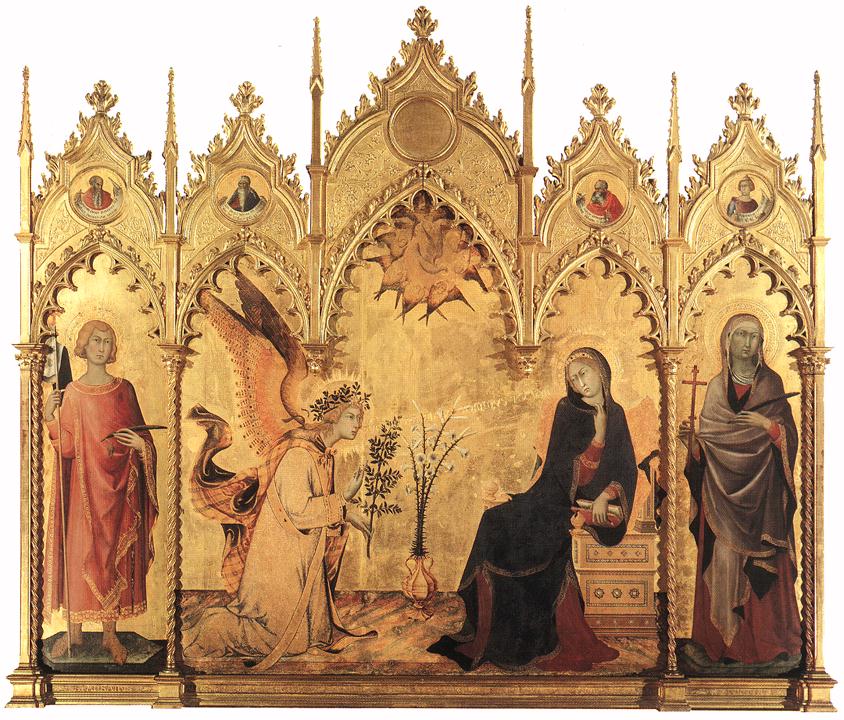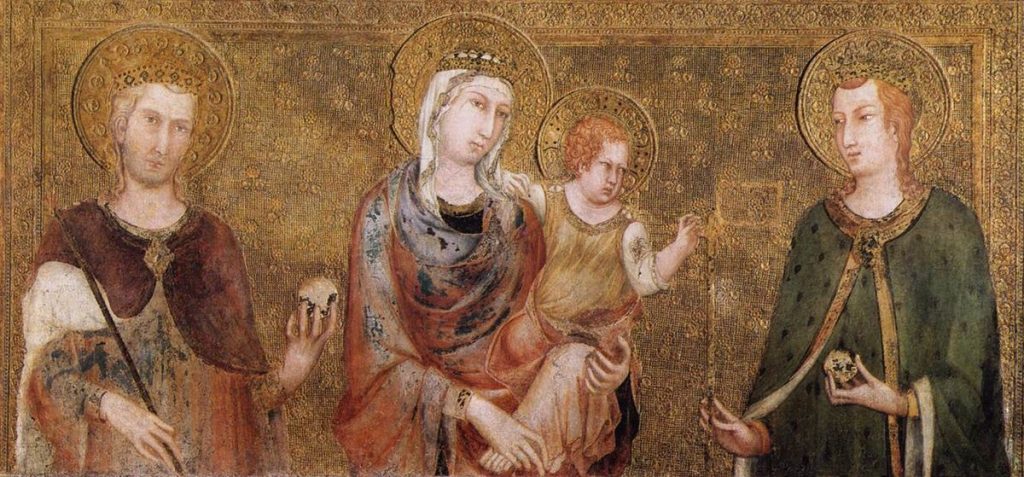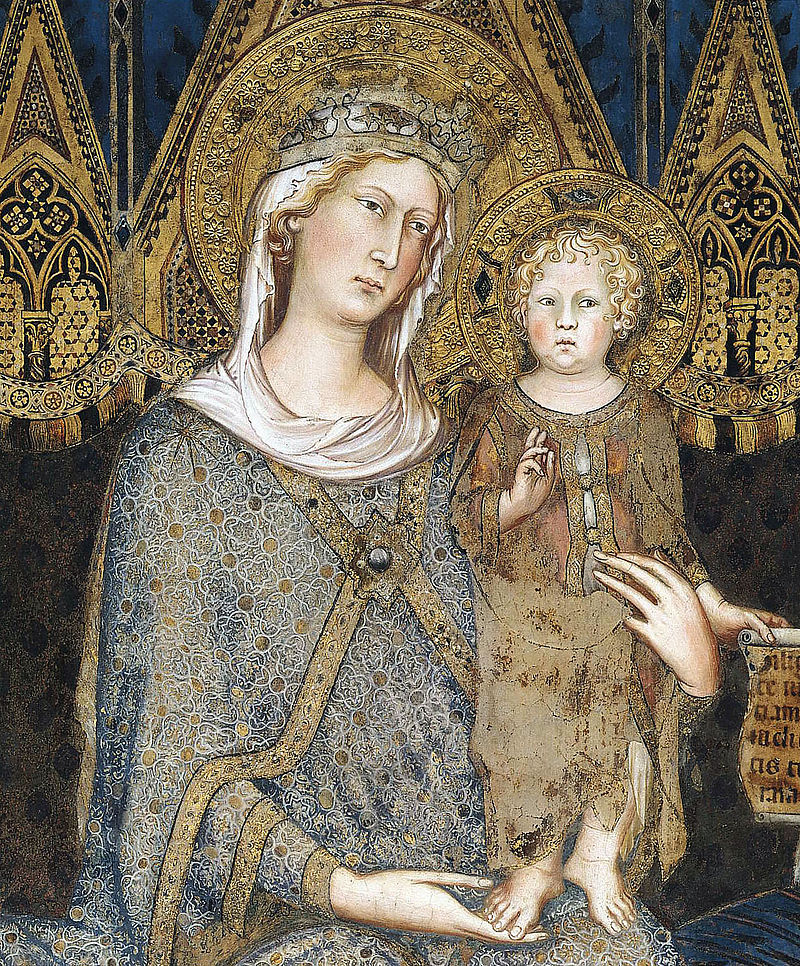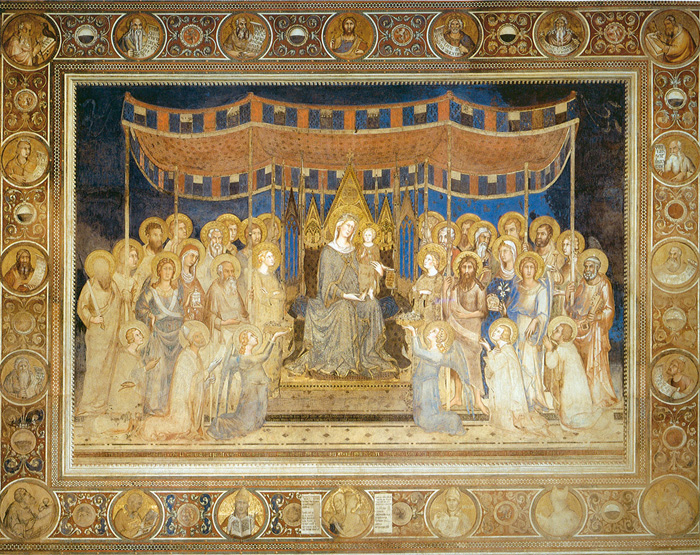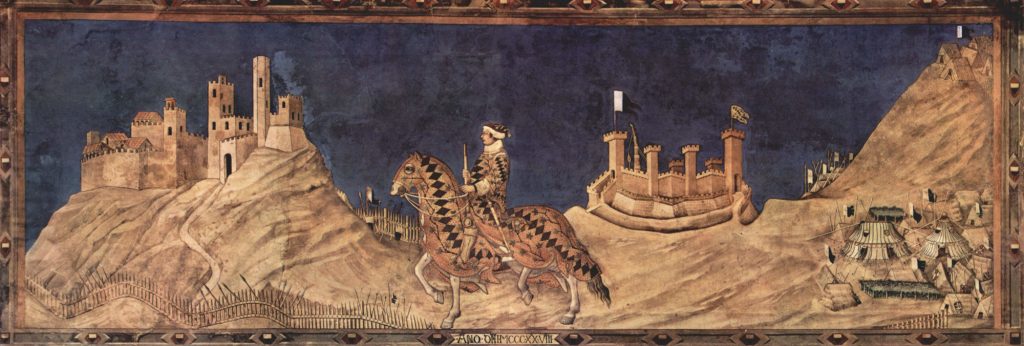Lithographic Printing

From 1750-1850, there were many advancements in tools and technology. Especially in printing. In Germany, 1796, a new way of printing was invented which was called Lithographic printing. Alois Senefelder created this way of printing, however, he kept it a secret until 1818. He actually discovered this technique accidentally by writing his script in greasy crayon. When he finally revealed his discovery of lithography, it was through his book called “Vollständiges Lehrbuch der Steindruckerey (A Complete Course of Lithography).” This allowed people to see what Lithography was all about.
Lithographic Printing is a process where an image is applied to a surface treated in a greasy medium. For the surface, Senefelder initially used porous Bavarian limestone. Today, aluminum is usually used in this process. The image is then applied with a greasy ink, such as crayons, tusche, pencils, synthetic materials, etc. Nitric acid and gum arabic are then put on it to create areas that repel the ink, to allow for areas not to be printed. A roller is then rolled over the image to transfer the ink onto paper.
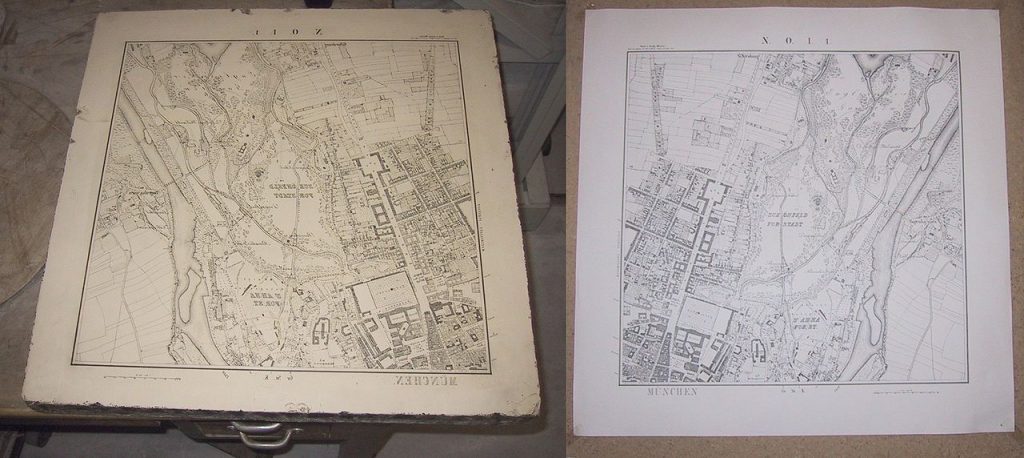
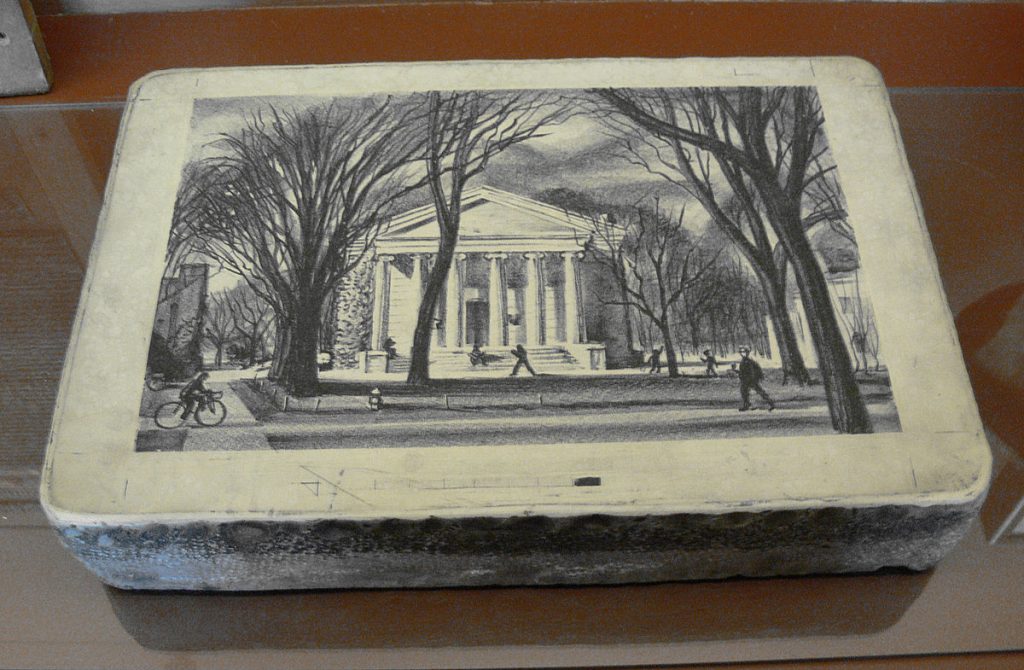
This printing technique out shined intaglio, as it allowed for more tones and mark making to be printed. It also made printing colour easier because it allowed you to put the colour right on the sheet. I believe it must have been tedious work to individually colour pages, so it is good that this way of printing was discovered. With lithograph printing, you could print as many times as wished for, as one limestone could be used an almost unlimited amount of times.
It was useful to many people including portraitists and illustrators so that they could multiply their drawings. It also increased commercial work because it let people print posters and illustrations for people to see advertised. Artists enjoyed utilizing this way of printing. Romantic painters made use of the tone in the printings to create an effect similar to charcoal. This printing process is still used today and continues to quickly produce high detail work that is good quality.
Works cited
Britannica, The Editors of Encyclopaedia. “Lithography.” Encyclopædia Britannica, Encyclopædia Britannica, Inc., 10 Jan. 2019, www.britannica.com/technology/lithography.
Ives, Colta. “Lithography in the Nineteenth Century.” Heilbrunn Timeline of Art History, New York: The Metropolitan Museum of Art, 2000, www.metmuseum.org/toah/hd/lith/hd_lith.htm.
Tate. “Lithography – Art Term.” Tate, www.tate.org.uk/art/art-terms/l/lithography.
Images Cited
Praefcke, Andreas. “Lithography Stone Princeton Motif.” File:Lithography Stone Princeton Motif.jpg, Wikimedia Commons, Princeton, NJ, June 2007, commons.wikimedia.org/wiki/File:Lithography_stone_Princeton_motif.jpg.
Chodowiecki, Daniel. “Chodowiecki Basedow Tafel.” Lithography, Wikipedia, 1770, en.wikipedia.org/wiki/Lithography.
“Lithography Stone and Mirror Image Print of a Map of Munich.” Lithography, Wikipedia, 31 Dec. 2005, en.wikipedia.org/wiki/Lithography.
